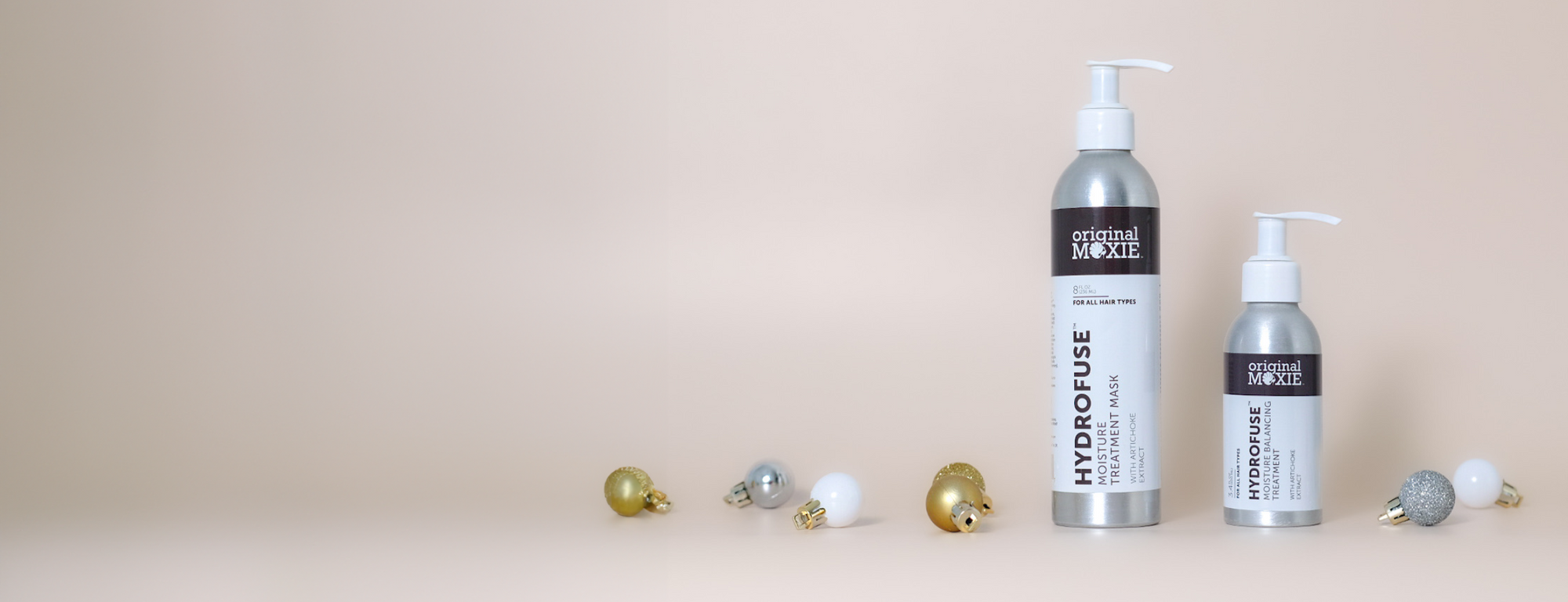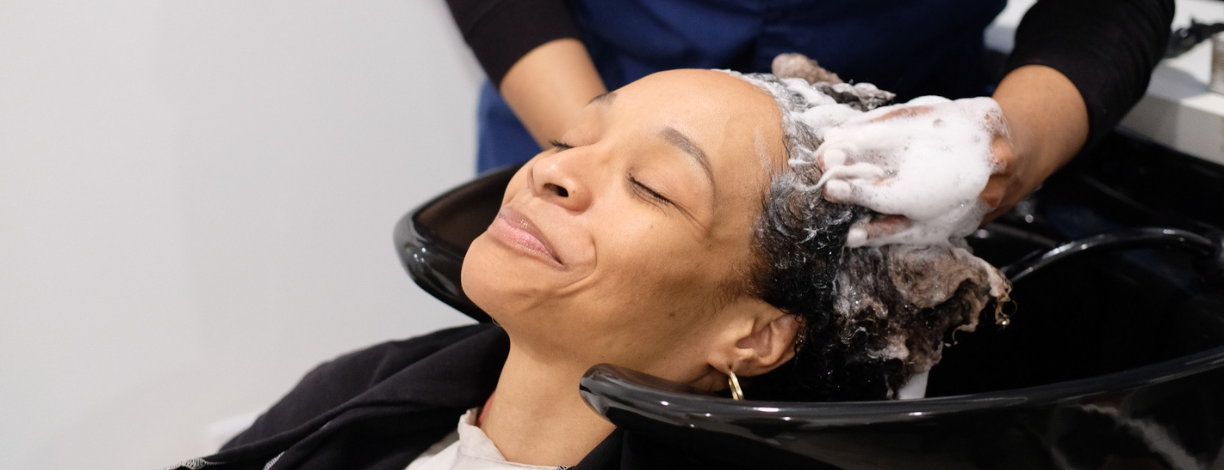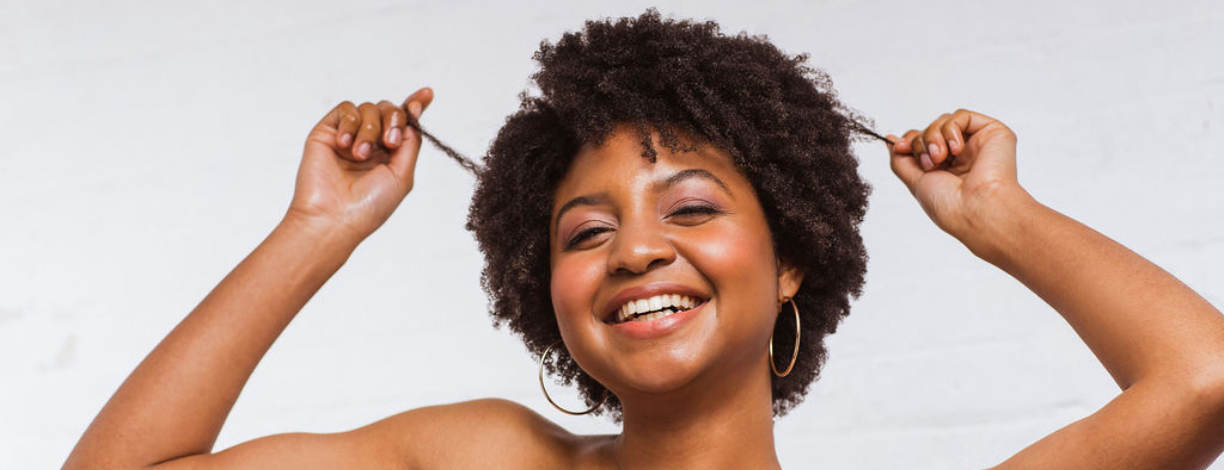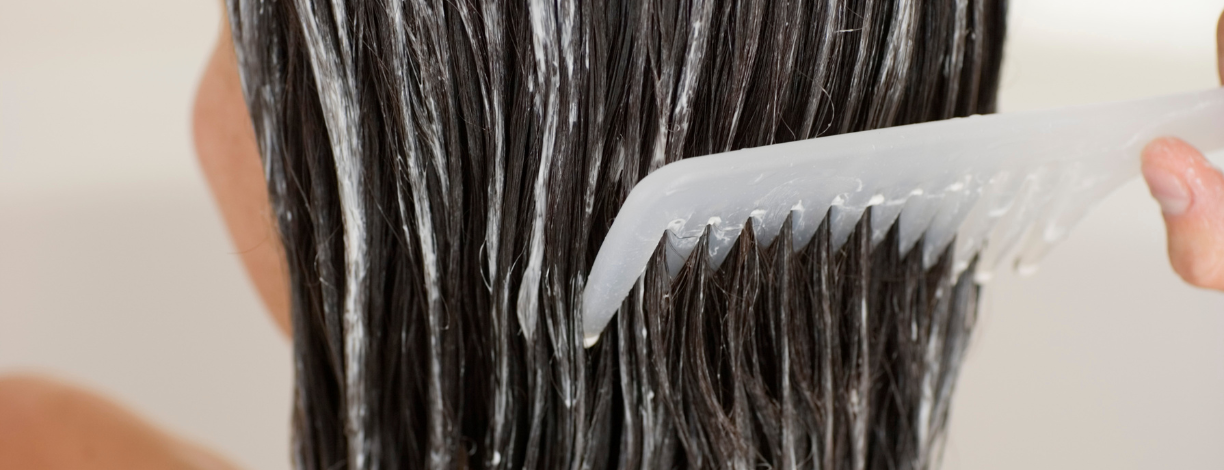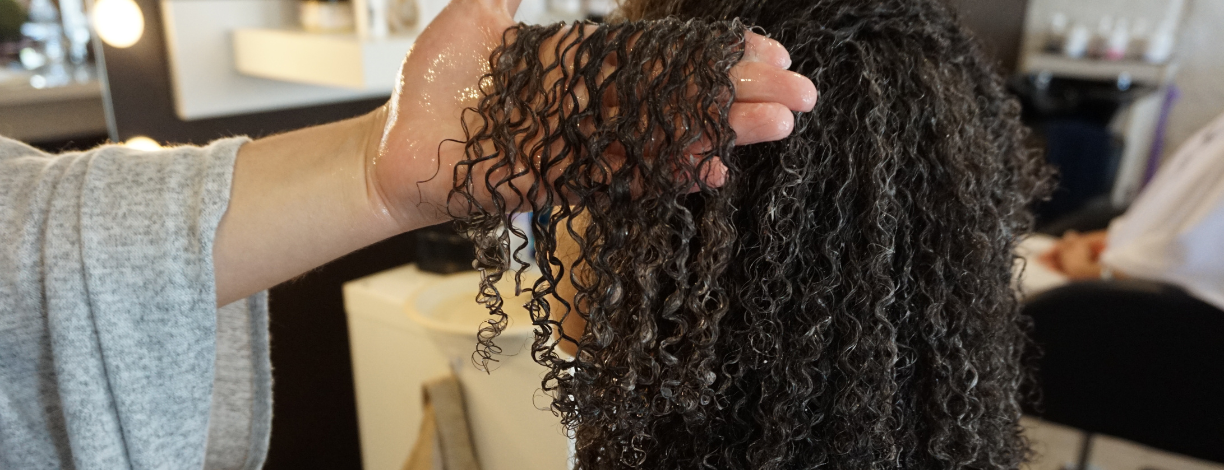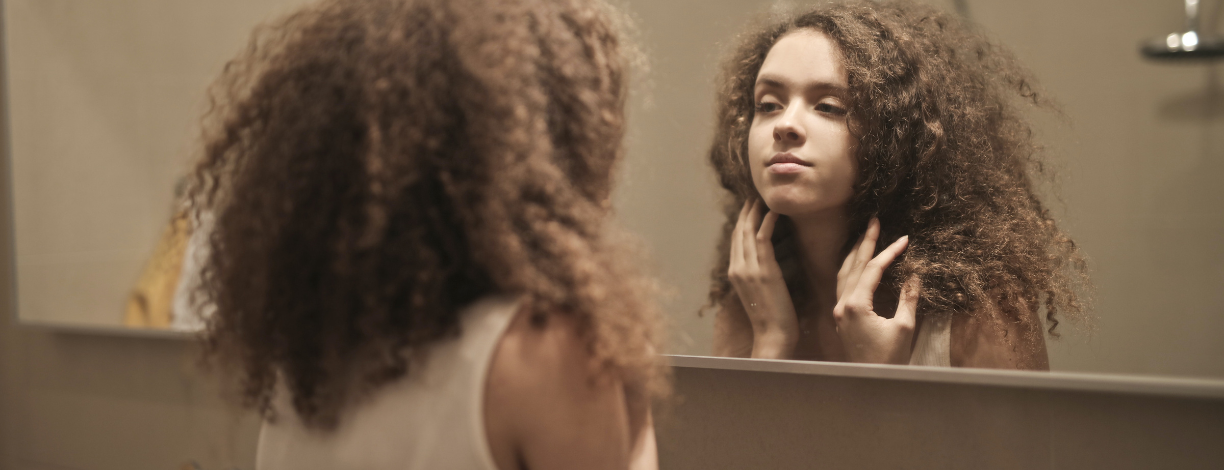Our Blog
Gifts for Every Curl!
Celebrate the curls in your life this holiday season with thoughtful, curl-friendly gifts from Original Moxie! Whether you're shopping for a seasoned curly hair enthusiast or someone just beginning to embrace their natural texture, we offer a selection of products that show your support for their unique hair journey. Each gift is a nod to our roots as a small, women-owned business dedicated to the curly community — perfect for those who love meaningful, high-quality self-care.
Choosing the Best Moxie Shampoo for Your Hair
At the heart of our shampoo formulations is an understanding of shampoo’s role in nurturing your hair. Regular, proper cleansing with a sulfate-free shampoo allows moisture to penetrate the hair, which is essential for proper hydration and hair health! Original Moxie shampoos are sulfate-free & extremely gentle. They tone the hair & scalp, promote a healthy pH, and maintain the integrity of the scalp’s outer mantle. We offer 2 shampoo options – a no-foam shampoo and a clarifying shampoo. Not sure which one would suit your hair the best? Join us as we dive into the unique features of each shampoo so you can find your perfect match! Get Clean No-Foam Shampoo Get Clean is our top pick for normal to dry hair. Its sulfate-free formula removes dirt and excess oil without disturbing your scalp’s natural balance! It’s especially beneficial for curly hair that struggles with moisture retention or for anyone with scalp issues such as dandruff or itchiness. The star ingredient in Get Clean, Organic Turmeric, has the unique ability to calm inflammation, combat bacteria, and regulate sebum production in the scalp! The active component of the root, Curcumin, possesses anti-fungal, anti-inflammatory, antioxidant, antiseptic, and antibacterial properties, and works effectively to correct scalp conditions like dandruff. Karanja Oil, pressed from the seeds of the Pongam Tree, also contributes anti-bacterial benefits and provides effective relief from skin conditions such as dandruff while toning and cleansing the scalp. Additionally, Get Clean’s cream-based formula offers excellent slip, making detangling a breeze. You can effortlessly soften and loosen tangles with your fingers during shampooing, simplifying your styling routine afterward. Original Moxie Founder, Rachel Blistein, attributes the remission of her lifelong Seborrheic Dermatitis to the benefits of this product. Triple Threat Detox Shampoo Build-up happens no matter how perfect you are at caring for your hair! Gradual build-up often occurs because small amounts of minerals are present in most municipal water systems. Additionally, pollutants in the air, like dust, dirt, and chemicals, can also accumulate on our skin and hair, leading to build-up over time. Minerals can block water from entering your hair, affecting how your hair feels and how your styling products perform. To combat build-up, we recommend Triple Threat Detox Shampoo. Its powerful formula cleanses, clarifies, and chelates – a process that removes minerals and heavy metals from your hair and rinses them down the drain where they belong! Like all of our products, Triple Threat is ultra-concentrated, meaning a little goes a long way. It’s curl and color-friendly, meaning it’s safe to use on any hair type. Its foamy lather is gentle, and its minty, fresh scent leaves your scalp feeling invigorated. If you have city water, your mineral build-up is likely gradual. You can use a chelating shampoo every 3rd wash. If you have hard water, or low porosity hair that is especially prone to build-up, you can technically use a chelating shampoo every time you wash. If you have dry and/or high-porosity hair, we recommend using Get Clean as your regular shampoo and using Triple Threat every 3rd wash. If you have oily hair, you can use Triple Threat as your regular shampoo. If you’re unsure which Moxie products are right for you, take our Hair Type Quiz for personalized product recommendations.
Behind the Hair Type Quiz
2A? 4C? Who cares! Let your hair speak for itself.Based on over four years of research and 1,000+ heads of hair, our diagnostic system goes beyond curl pattern to consider all of your hair’s unique characteristics. Together, these attributes create an accurate picture of how your hair looks, feels, and behaves – in a word, its “Personality”! We launched our Hair Type Quiz to help our clients take the guesswork out of shopping by easily determining what products will work for them based on several attributes: curl pattern, porosity, texture, curl shape, scalp condition, and styling preference. In this blog post, we’ll dive into each part of the quiz to give you the inside scoop on our system. Curl Pattern: Quite simply, this is the average number of curls per inch that occur along the length of your hair. This can range from perfectly straight with zero curls per inch to tightly curled with over 10 curls per inch. The tightness of your curl pattern determines how quickly your sebum travels from your follicles to distribute along the hair shaft. The tighter your curl pattern, the more difficult it is for your natural oils to coat the hair. Straight to wavy hair has less than 1 curl per inch. Loose curls have 1-2 curls per inch. Tight curls have 2-3 curls per inch. Very tight curls have more than 3 curls per inch. Porosity: Porosity refers to the degree to which your hair is able to absorb moisture and product. It is determined by the thickness and condition of your cuticle, the outermost layer of the hair. Medium to low porosity hair has a tightly sealed cuticle which is more resistant to moisture absorption and loss. Medium to high porosity hair has a more open cuticle which allows moisture and product to pass easily into and out of the hair shaft. Watch this video that shows one way we assess porosity at our salon. Try it at home! Isolate a single piece of hair, and with your free hand, pinch the tip of the hair and carefully push back towards the root. Do you feel any bumps or roughness? Hair with high porosity has a very open cuticle and can have a detectable roughness/bumpiness between the fingers. Does your hair shaft feel extremely smooth? Listen closely as you move your fingers toward the scalp. Very smooth hair shafts may produce an audible squeak. This is a sign of low porosity hair. Medium porosity hair doesn’t squeak or feel noticeably bumpy. If you’re having trouble figuring it out, chances are the hair is medium porosity or just very fine. Very fine hair can be difficult to assess with this method. Texture: Texture is a function of strand diameter or the average width of your individual strands of hair. Strand diameter can range from less than 60 microns to 80 microns in diameter and determines whether your hair is Fine, Medium, or Coarse in texture. NOTE: It is a myth that medium-textured hair is the width of a sewing thread, which starts at 127 microns. Texture makes a big impact on how the hair responds to various ingredients and how it feels to the touch. Is your hair fine, medium, coarse, or somewhere in between? At the Original Moxie Salon, we use a Texture Guide to determine the average width of our client’s individual hair strands. This is nearly impossible to accurately assess by touch or visual inspection, so we developed a guide based on real strands of hair for use at our salon. If you can’t visit us at our salon, here’s what to look for at home: Fine Hair: Individual hairs are very soft – almost undetectable between the fingers. Medium Hair: Individual hairs are easy to feel between the fingers and are somewhat soft. Coarse Hair – Individual hairs feel hard and substantial between the fingers. Curl Shape: The three-dimensional appearance of a curl or wave. ‘S’ Curls resemble a repeating wave pattern that can range from very loose to very tight. Spiral Curls are helical and coil around a central axis. Unlike Spiral or ‘S’ Curls, Single Strand™ Curls prefer not to group together in ‘families.’ Instead, individual hairs may be either ‘S’ or spiral-shaped and tend to stand apart from one another. Curl Shape is one of the major drivers of your Hair Type Personality, as it predicts how your hair looks and behaves over time. S Curls: By far the most common curl shape. Clear curl ‘families’ that group in a repeating wave pattern. May be loose or very tight. Spiral Curls: Clear curl ‘families’ that coil in a helix around a central axis. May be loose or very tight. Single Strand Curls: The rarest curl shape. Independent strands that stand out from one another, do not easily group, and can be ‘s’ or spiral-shaped. Scalp Condition: The appearance and mobility of your scalp can tell us a lot about your hair! Ideally, your scalp should be supple enough to move easily over your skull and be free of visible flaking or redness. Not one of the lucky few with a ‘perfect’ scalp? That’s ok! We offer a range of solutions to help get you there. Styling Preference: OK – so this has nothing to do with your hair type, but it does help us understand your lifestyle and product needs. Whether you like to keep it simple, pump up the volume, or mix it up with occasional heat styling, we’ve got you covered. Want to learn more? Take the Quiz to find out your Hair Type Personality and get a customized styling regimen just for you! Local clients can enjoy Free Hair Assessments at the Original Moxie Salon! This in-depth hair assessment provides an accurate understanding of curl pattern, porosity, texture, curl shape, and scalp mobility along with customized hair care recommendations. You can book that service online at originalmoxiesalon.com or by calling 734-340-4022.
Damage-Free Detangling
(Spoiler Alert: It’s a Mindset, not a Method) Whether your hair is curly or straight, tangles are just a part of life. Removing them can sometimes feel like a scene from Mission Impossible! We’re here to tell you that if you do it right, it shouldn’t feel that intense, difficult, or, well, impossible. If all of your detangling efforts happen on wash day, you’re doing it wrong. Here’s how to cultivate a tangle-minimization mindset so that you can spend your wash day pampering and not torturing your hair. PART I – PREVENTION Get Regular Trims This won’t make your hair grow faster, but it will help minimize tangles by reducing split ends and ‘orphan’ hairs that are shorter than surrounding hair strands. These areas of breakage cause friction that breed ‘fairy knots’ – extremely tiny tangles that are very difficult to remove without cutting. Call the Original Moxie Salon at 734-340-4022 to book your next trim. Detox, Detox, Detox Mineral build-up on the hair is one of the main culprits when it comes to tangling. Hard water and chlorine deposit microscopic particles onto the hair that dry and roughen the hair. Again, anything that increases friction on the surface of the hair will lead to tangling. To combat hard water, you must use a chelating shampoo or treatment that contains specific ingredients that bind with and remove minerals from the hair. If your exposure is frequent, we recommend a chelating shampoo such as Triple Threat combined with Professional Moisture Detox Treatments. If it’s gradual and/or seasonal, you can get by with seasonal Moisture Detoxes. Use our store finder to find a Moisture Detox provider near you! Wear That Bonnet! When we lay our heads down to sleep, and then roll around, sweat, drool, etc, it’s like Tangle-palooza for your hair strands. To prevent tangles at night, we strongly recommend that you wear a satin bonnet or, at the very least, use a satin pillowcase. Beware The Necklace! Sad, but true. That cute chain on your neck can be death to the delicate hairs at your nape. The tiny mechanics of a metal clasp are just right for snatching and slashing any hairs that are unfortunate enough to come their way. What can you do? Try this clever hack from Cosmopolitan that uses an aquarium tube to protect your hair from snags. Beware The Rubberband! Rubberbands (yes, even the kind that says non-snag) will cause breakage and breakage causes what? That’s right. Tangles. Instead, use a satin scrunchie or puff cuff to put your hair up PART II – REMOVAL All of these steps will reduce, but not totally eliminate tangles, and that’s half the battle. But despite your best efforts, tangles will show themselves, particularly in tightly coiled hair. The coiled structure of the hair means that shed hairs almost knot themselves onto the remaining hairs of the same curl family. Here are some simple tips for damage-free detangling: To remove the ones that crop up, we recommend a gentle, progressive process that starts with your shampoo. Get Clean No-Foam Shampoo is cream-based and slippery, allowing you to soften and loosen tangles with your fingers before you even begin your styling routine. Next, SATURATE your hair with water and conditioner so that your hair literally squishes when you squeeze it (you can see and hear what that’s like in this video). Once your hair is thoroughly saturated with conditioner, continue the detangling process by pulling your fingers through your hair in small sections, working from roots to tips. Do not avoid the roots! We see waaaay too many heads that are detangled only from the first inch down. This can lead to severe matting at the scalp. These are incredibly time-consuming to remove and can lead to serious breakage and loss of length. Really get in there so that your fingers come into contact with your scalp on each pass. If you find that a detangling brush works better for you at this stage, by all means, go for it. Just remember to use one that does not snap or pull your hair. After rinsing out your conditioner, broadcast your moisturizer or all-in-one while still in the shower. For very thick and tightly-curled hair, you can loosely braid your hair in four to six large sections to keep tangles from reasserting themselves. Then pop a shower cap on your head to keep all the hydration in place. If the previous steps have taken care of all your tangles, congratulations! You are done and ready to move on with the rest of your styling. For those with more tangle-prone hair, you may need to finish up with a comb or brush. There are many great detangling brush and comb options out there and they work differently on different hair types. Experiment until you find one that works for you. No matter what tool you use, always start from the bottom and work your way up so that you do not further tighten existing knots. With a prevention mindset and a ‘progress’ approach, you can get your detangling done in under 15 minutes, making this one mission very much accomplished!
Ingredients Matter: Tips for Curl Defintion
Do you struggle to achieve curl definition? Do you find that, while some products make your hair softer, they don’t necessarily help your curl to ‘pop’? The good news is this: it’s not your hair and it’s easy to fix. Check out the label of some of the products in your bathroom and you’ll see that most leave-in conditioners list glycerin right up near the top of the list of ingredients. Why? Because glycerin (when mixed with water) is a powerful and inexpensive humectant (an ingredient that attracts moisture to the hair). Why would that be a bad thing, you ask? For some hair types, it’s a godsend because that intake of water into the hair swells the hair shaft and lifts the cuticle, thereby activating curl and making the hair appear fuller. However, for other types, this same action will make hair frizzy and work against, not with, your natural curl pattern by creating less affinity and more friction between the individual strands. So which hair types, you might ask, like glycerin and which do not? Unfortunately, because hair types are so complex, it’s hard to give a definitive answer. Some hair types will respond well to a simple water-based glycerin mixture, like Oasis Hydrating Primer, but not to a cream that contains both a high percentage of glycerin and oil (this describes the majority of curly hair products). Tight, low porosity curls generally fall into the former category, but definitely benefit from an oil-based oil or butter, like Shape Shifter, Everyday Leave-in, or Lux Locks, to further enhance definition, sheen, and moisture retention. High porosity, S-curls generally see more frizz and less definition with any humectant, including Oasis. Fine, wavy to curly hair, however, thrives on glycerin-based moisturizers. The bottom line? Read ingredients and, when in doubt, sample before you commit. Curls are not one-size-fits-all, so if a moisturizer for ‘your hair type’ doesn’t work for you, just leave it behind and move on! Need help finding the right moisturizer? Take our Hair Type Quiz to find your perfect product matches!
Beating the Build-Up Blues
It is a glorious time to be curly! But can all these texture-friendly products and trending curl care methods be too much of a good thing? Have you found that your waves or curls have started to respond negatively to all of your well-meaning attention? Instead of hair nirvana, have you found yourself burdened with a simultaneous feeling of dryness and oiliness, dullness, and flaking? Chances are, you’ve got a case of the Build-Up Blues. What is build-up? Simply put, build-up is a gradual accumulation of products on the hair strands. Accumulated build-up prevents the necessary moisture, oils, and other nutrients to penetrate your hair, resulting in dry, dull, flat hair. What causes build-up? Occlusive Ingredients If a product contains an excessive amount of occlusive ingredients (that create a strong barrier around the hair shaft), it can be difficult to remove with regular washing. These ingredients are not necessarily harmful in and of themselves but can become so if used excessively. With the notable exception of heat stylers, which need strong film-formers and occlusive ingredients to protect the hair, products should not contain ingredients primarily composed of occlusive agents such as petroleum derivatives, lanolin, or heavy silicones. Excessive/Incompatible Products No matter how great the ingredients, if a product doesn’t moisturize your hair on Day 1, re-applying it throughout the week will not improve the situation. In fact, it will dry your hair out and weigh it down with a coating that remains on the outside of the hair shaft rather than penetrating to the interior of the hair where moisture is needed. Hard Water Well or hard water will deposit minerals on the outside of the hair which blocks moisture and product from penetrating the hair shaft. Hair that’s been washed with hard water generally feels grainy and waxy but also straw-like and dry. Co-washing Although co-washing is viewed by many as a gentle alternative to washing with harsh shampoos, it does not completely remove most leave-ins, gels, and oils. Over time, this will lead to build-up and dryness. How to Beat Build Up: Embrace the Cleanse Regular cleansing with a sulfate-free shampoo, such as Triple Threat or Get Clean will remove excess product without stripping natural oils. Rinse & Repeat Conditioners aren’t designed to be left in the hair (unless it’s labeled as a leave-in conditioner). Be sure to rinse your conditioner out to leave your hair receptive and open to the moisturizing leave-ins you apply during your styling routine. Find the Right Product Hair isn’t one-size-fits-all. Given the number of products on the market, the search for the right product can be overwhelming. We wanted to help, so we created a diagnostic hair typing system that goes beyond curl pattern to consider all of your hair’s unique characteristics. Together, these attributes create an accurate picture of how your hair looks, feels, and behaves (in a word, its “Personality”) and allows us to prescribe the optimal products for your unique Hair Type Personality. Visit originalmoxie.com to take our science-based quiz and to unlock your personalized product recommendations or visit the Original Moxie Salon to experience this unique hair assessment with one of our multi-textural experts. Simplify The majority of your product application should occur on freshly washed and conditioned hair. You should not have to repeat a full product application day after day. The right product combination will keep your hair moisturized and defined until the next Wash Day. If you need to refresh mid-cycle, selectively re-wet, rather than re-styling all of your hair, and defer to gels or oils rather than re-applying your moisturizer. Detox Even a clarifying shampoo may not be sufficient to remove heavy build-up. While DIY methods abound, we strongly recommend leaving this job to professionals. Many of the at-home treatments to remove build-up can wind up further damaging the hair. For chronic or severe build-up, we offer two detoxes at our Flagship Salon: the Moisture Detox and Scalp Detox. Are you concerned that you might have the Build-Up Blues? The good news is that there is a cure. Once build-up is removed, moisture can penetrate the hair shaft, the hair becomes softer, curls pop, and frizz abates. Et voila! Happy feeling restored.
Seal in Moisture & Combat Frizz
What's a Sealer? An oil or water-based styling product that smooths the hair shaft and creates a smooth, pliable, protective barrier around the hair. We consider this an optional step for most hair types. Sealers are the final step in your product application, going on after all other styling products have been applied. Sealers: are primarily surface-acting help to combat frizz add shine seal in moisture In general, Sealers are lighter and more malleable than Definers and, because they tend to be oil-based, can provide a soft, pliable finish and no hard cast. For some hair types, this is preferable to the rigid feel of a traditional gel and may offer the same level of frizz control and moisture retention. Take our Hair Type Quiz to learn about your hair type and find the sealer(s) we recommend for you.
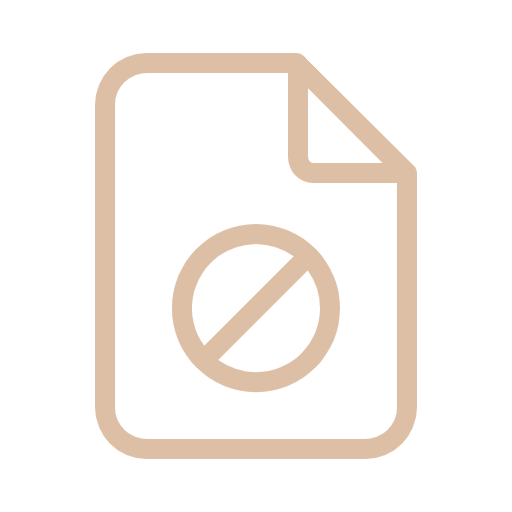
Sorry, We couldn't find any results.

